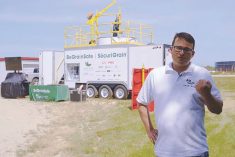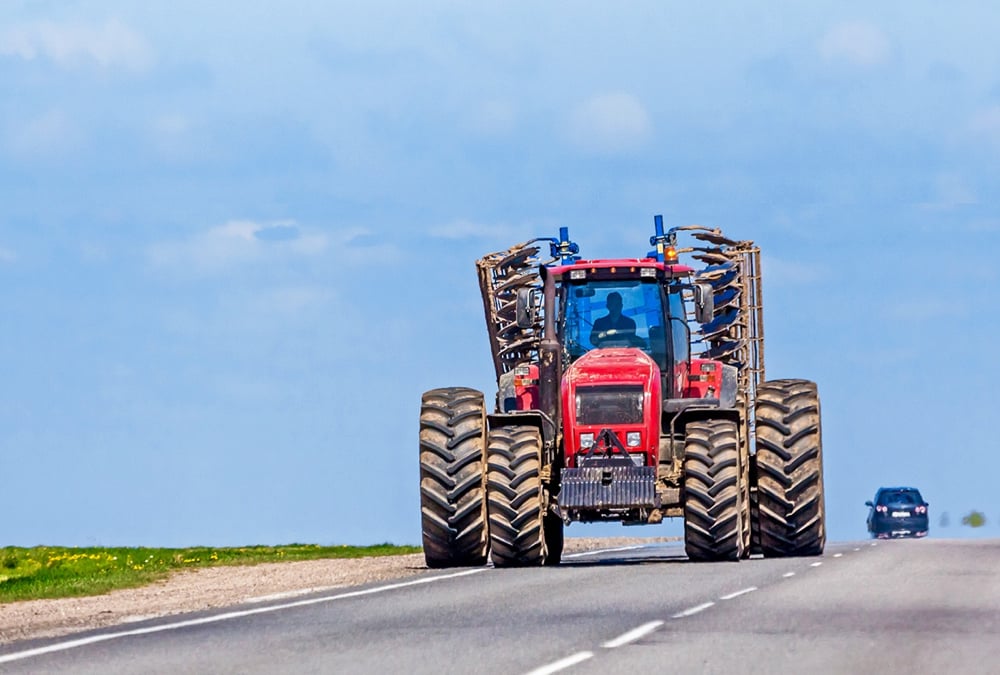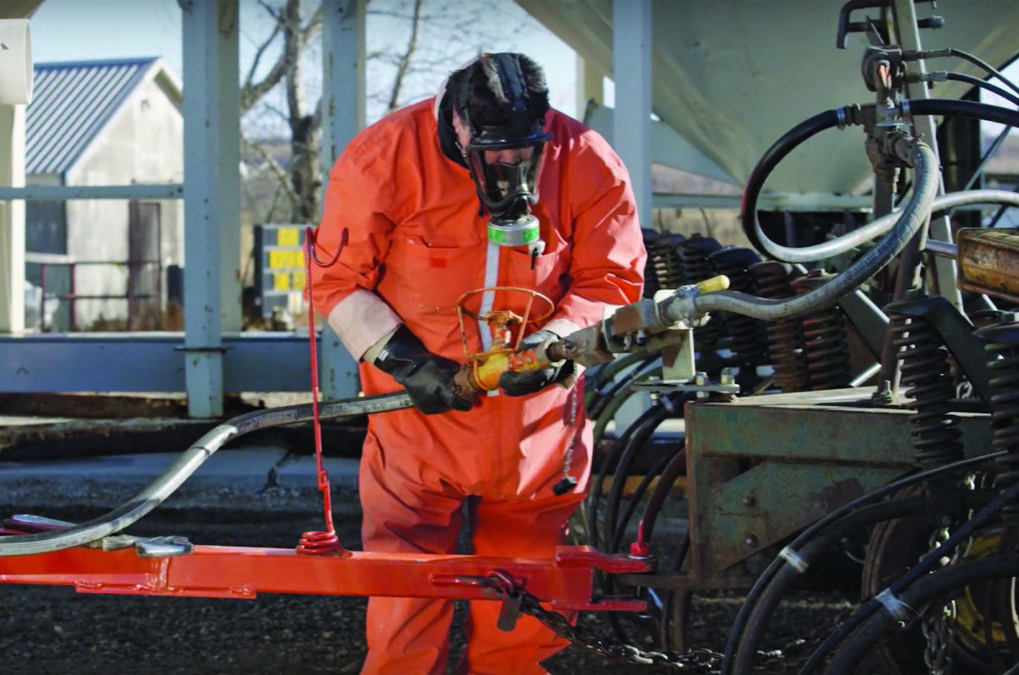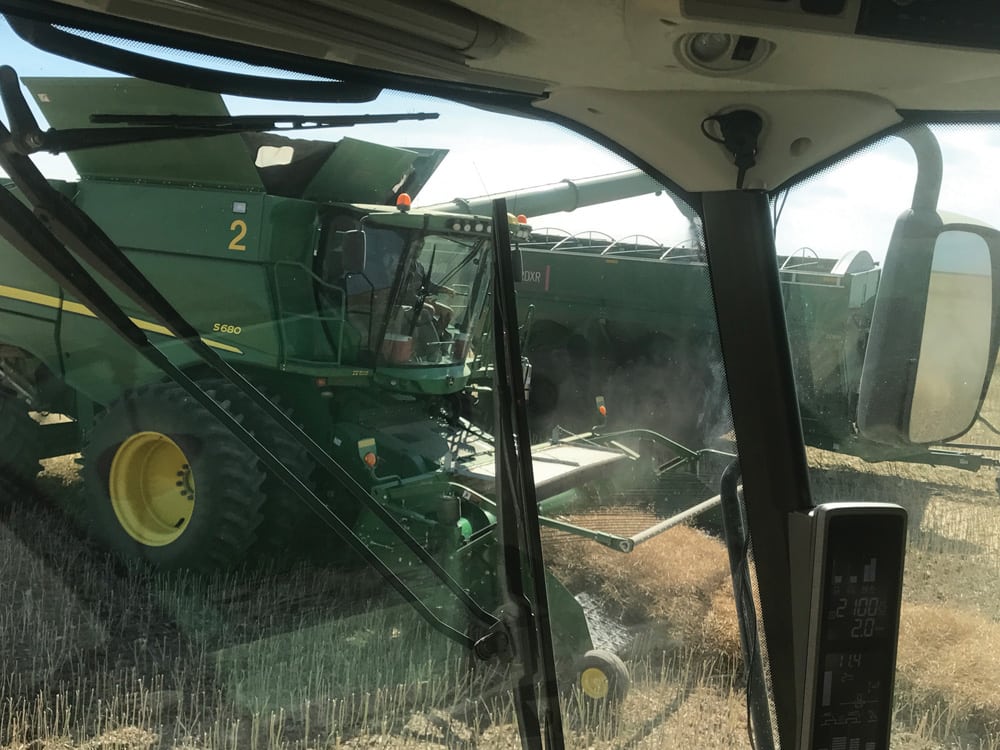Like any business, farms require the same commitment to succeed — hard work, good products and of course, a commitment to safety. One hallmark of a successful business is an engaged and well-trained workforce.
Training employees is good business. Well-trained, safe and healthy employees are essential for the smooth functioning of any farm.
The loss of an employee due to an accident can have a severe ripple effect and create many more hidden costs than the farm owner may realize. As well as compensation and medical costs, there is downtime in production, training time for replacement employees, repairs to damaged equipment, plus the psychological effect an accident has on other employees and families. Training not only helps prevent accidents, but also encourages employees to be confident, competent, and more engaged.
Read Also

Hail research hopes to benefit potato growers
Alberta research scientist measures hail storm and heat dome affects on potato crops
When training farm workers in occupational health and safety principles, never assume someone has the “common sense” to work safely. New workers need to be orientated when they arrive at the workplace so they know the facilities, the equipment, emergency procedures, and dos and don’ts.
Proper orientation and training should result in workers:
- Knowing the reason for the job they are doing;
- Knowing more about the process than they did before;
- Developing new skills;
- Knowing where to go for assistance if required;
- How to get the job done safely and correctly.
National Farm Safety Week runs until March 20. For more info, visit agsafetyweek.ca.










